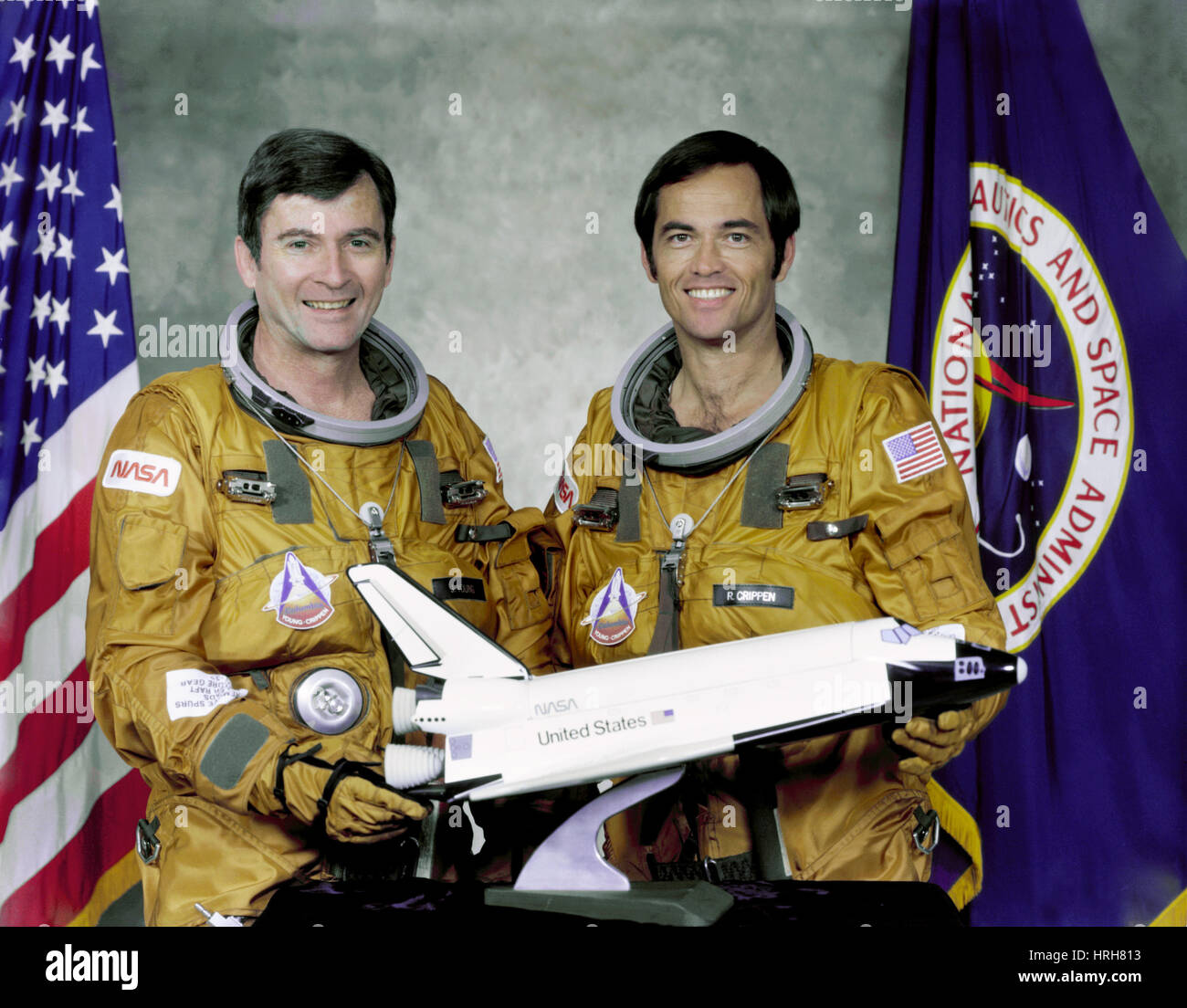


Let's not practice Russian roulette, because you may have a loaded gun there. He would fly the Space Shuttle again on the STS-9 mission, a ten-day flight in 1983. The NASA managers were swayed by Young questioning the need for the test, and the weight of his opinion was especially strong as he was someone who not only had been to the Moon twice, but had walked on it. Young overruled both proposals, and STS-1 went ahead as the first orbital mission. This scenario, while potentially necessary in the event of an early abort being called, was seen as being extremely dangerous. This involved an abort being called in the first few moments after launch, and using its main engines, once the SRBs had been jettisoned, to power it back to the launch site. NASA further suggested that STS-1, instead of being an orbital flight, be used to test the Return To Launch Site (RTLS) abort scenario. Mondale as chairman of the National Space Council suggested a suborbital flight landing at the emergency landing site at Dakar, Senegal. Orbiter landing: 88,662 kg (195,466 lb)ĭuring the original planning stages for the early Space Shuttle missions, NASA management under the Carter Administration felt a need to undertake initial tests of the system prior to the first orbital flight.STS-1 carried 22 manuals, each three inches thick and together weighing 29 kg (64 lb) the procedure for an electronics failure from a cooling system malfunction had 255 steps. As no one had flown the shuttle before, they helped design the craft's controls, including 2,214 switches and displays in the cockpit - about three times as many on the Apollo command module - and many contingency procedures. If STS-1 had launched in March 1979 as originally scheduled "We'd have been launched about halftrained", Young said. Īs of April 1981 Young and Crippen trained the longest for a space mission before flying in NASA history. If such an event occurred, Crippen would go outside the orbiter, with Young standing by in case Crippen required assistance. Prior to his selection on STS-1, Crippen participated in the Skylab Medical Experiment Altitude Test (SMEAT) and also served as a capsule communicator (capcom) for all three Skylab missions and the Apollo-Soyuz Test Project (ASTP).Ĭolumbia carried Extravehicular Mobility Units (EMU) for both Young and Crippen in the event of an emergency spacewalk. Crippen, part of NASA Astronaut Group 7 after the cancellation of the Manned Orbiting Laboratory (MOL), was a rookie and would become the first of his astronaut group to fly in space. He flew twice on the Project Gemini and twice on the Apollo program, walked on the Moon in 1972 as the Commander of Apollo 16, and became Chief of the Astronaut Office in 1974. Young, with four previous missions, was the most experienced astronaut in NASA at the time and was also the only member of NASA Astronaut Group 2 still in service. Young stated that as the Chief of the Astronaut Office he recommended himself to command the mission. This was a coincidence rather than a celebration of the anniversary a technical problem had prevented STS-1 from launching two days earlier, as was planned.Ĭommander John Young and pilot Robert Crippen were selected as the STS-1 crew in early 1978. The launch occurred on the 20th anniversary of Vostok 1, the first human spaceflight, performed by Yuri Gagarin for the USSR. STS-1 was also the maiden test flight of a new American spacecraft to carry a crew, though it was preceded by atmospheric testing (ALT) of the orbiter and ground testing of the Space Shuttle system. It was the first American crewed space flight since the Apollo–Soyuz Test Project (ASTP) in 1975. Columbia carried a crew of two-mission commander John W. The first orbiter, Columbia, launched on April 12, 1981, and returned on April 14, 1981, 54.5 hours later, having orbited the Earth 37 times. STS-1 ( Space Transportation System-1) was the first orbital spaceflight of NASA's Space Shuttle program.


 0 kommentar(er)
0 kommentar(er)
